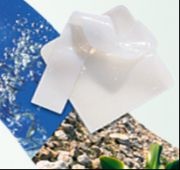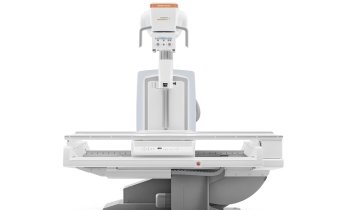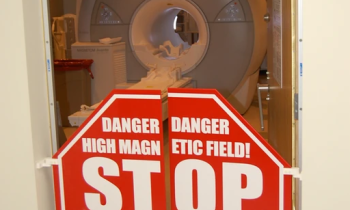Wound dressing fights the super bug
In any hospital, one of the most dreaded enemies is MRSA. This super-resistant pathogen laughs in the face of most antibiotics. But now, medical and hygiene product manufacturer Lohmann & Rauscher may have developed an efficient weapon to fight this ugly beast: a wound dressing that contains polyhexamethylene biguanide (PHMB).

First clinical studies yielded promising results. For two weeks, six ulcers that had for a long time been contaminated by MRSA bacteria were dressed with Suprasorb® X+PHMB which contains polyhexamethylene biguanide. The usually tenacious pathogen gave up and vanished never to be seen again. It did not even return after the PHMB treatment was discontinued. “If this result can be reproduced in the current clinical study, Suprasorb® X+PHMB will be an evidence-based new wound management method for even tough wounds”, says Thomas Eberlein, Nuremberg-based dermatologist.
Eberlein used the wound dressing in an observational study with 40 patients. In eighty percent of the cases the bacterial load of critically colonised or infected wounds was significantly reduced. Polyhexanide is the antiseptic agent of choice for the treatment of infected wounds since it offers a broad spectrum efficacy and is well tolerated. In-vitro studies showed the wound dressing to reduce MRSA-load of 105 colonising units by 99,9 percent within 30 minutes. The same result was achieved within two hours for vancomycin-resistant enterococcus.
Suprasorb® X+PHMB is the only moisture-regulating wound dressing containing polyhexanide. According to Lohmann & Rauscher the development of resistancies to several agents is currently being studied. First results indicate decisive superiority of polyhexanide: no resistancies were recorded and the agent moreover contributed to a distinct reduction of wound pain.
21.07.2008
More on the subject:











